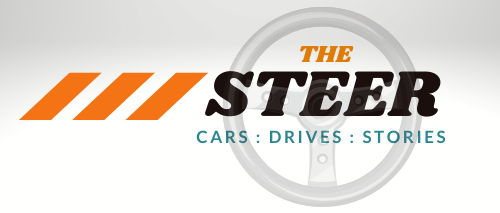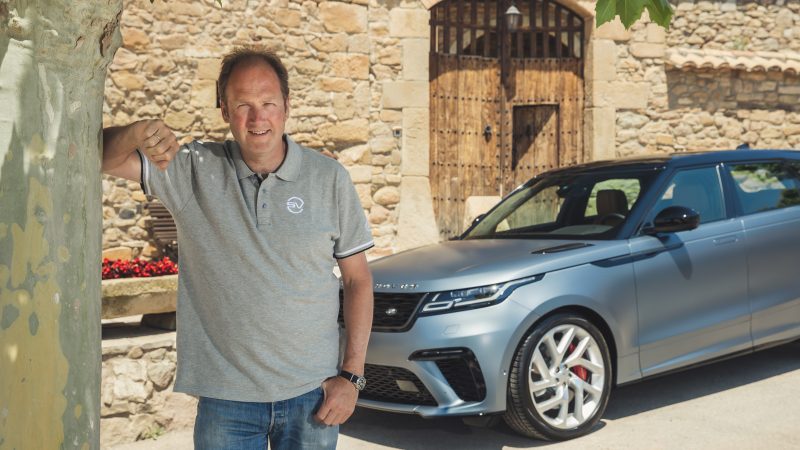Why electric steering is (mostly) best

Matt Becker has developed benchmark hydraulic steering systems, most notably during his time at Lotus. Now at Aston Martin, here’s why he thinks electric steering is best
Electric power-assisted steering (EPAS) has mostly superseded hydraulic steering in modern cars – it doesn’t require a belt driven by the engine, so it saves mpg and C02, and it enables car makers to add electronic safety systems like Lane Keep Assist. But for driving purists, unassisted or hydraulically assisted power steering (ie the pump is driven by a belt attached to the engine) will always be better than electric power-assisted steering for a sense of connection to the road. So it might be a surprise that Matt Becker, who worked his magic on the sublime unassisted set-ups in the Lotus Elise and Exige and the hydraulically assisted steering in the Lotus Evora, believes electric steering now has the edge, all things considered.
Clearly, Becker might well say that given he’s now chief engineer of Aston Martin, which has been busy migrating its cars to EPAS, but he explained why it’s more than just brand loyalty that’s swayed him when we met up during a drive of Aston’s new DBX SUV.
When was the first time you worked on an EPAS system?
A Hyundai consultancy project at Lotus was probably my induction, for the Hyundai Genesis. That was in 2013, the year before I left Lotus, so I already had a knowledge of the systems when I came to Aston and we were introducing the DB11.
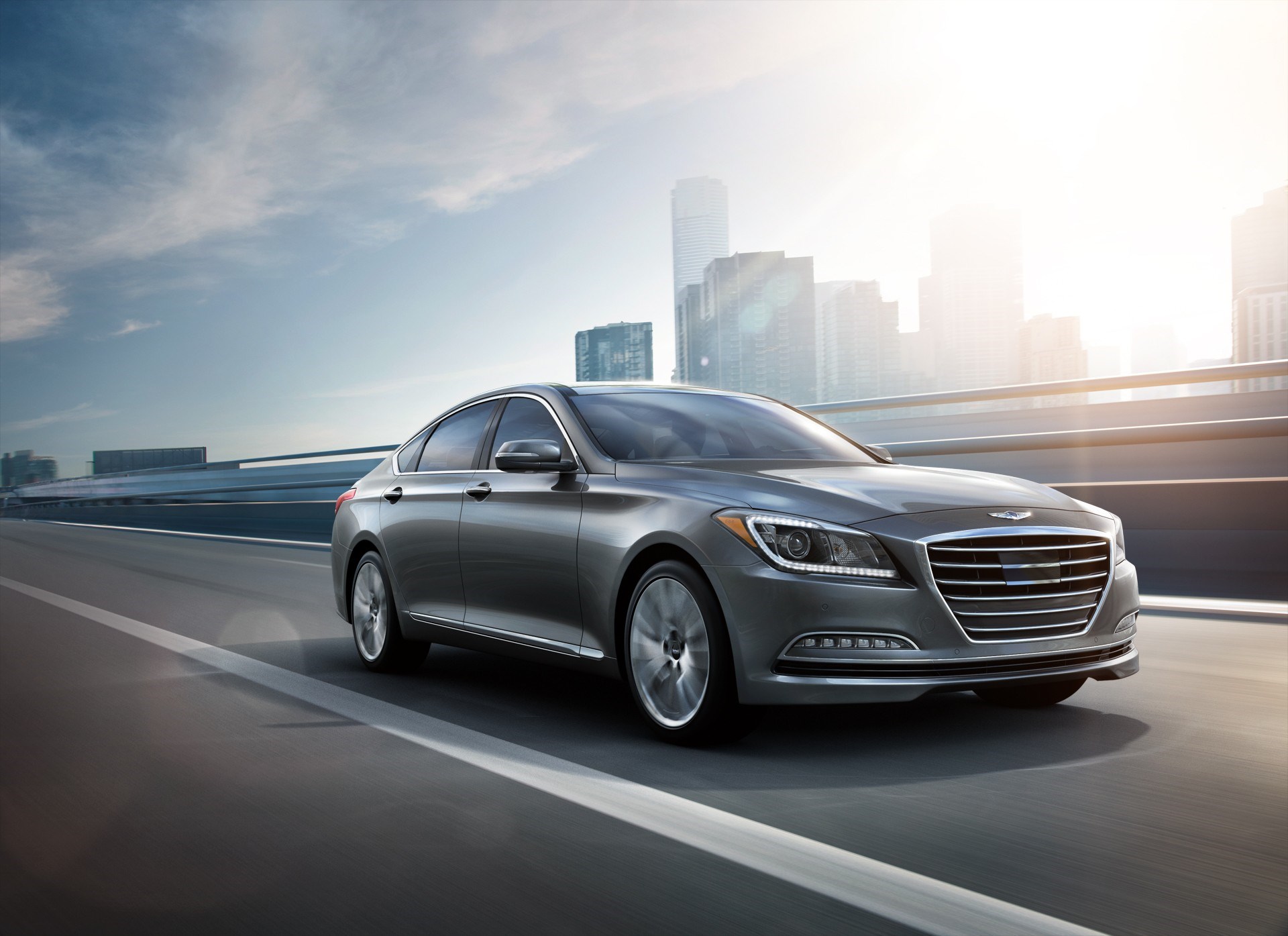
What are the fundamental differences in how you approach an EPAS system?
I think the key thing is you actually end up putting a faster rack on the car, to overcome some of the inertia feel of it and to make the car feel more agile. We’re trying to overcome the motor inertia. The Lotus Evora has a ratio of 16:1 [turn the steering wheel 16 degrees to make the front tyres turn one degree], where the DB11 is 13:1, so it’s faster, and that’s a method of overcoming the responsiveness feel – EPAS is not a direct mechanical feel. We also try and remove any compliance through the steering system so you’re as purely connected to the steering rack as you can be, without having too much detail come through.
What are the advantages of EPAS?
Everyone says EPAS isn’t as good as hydraulic but I’d argue it’s better, the range of tuning you can do is much greater. EPAS has a wider range of capability. With a hydraulic system, you effectively have a torsion bar that goes into steering rack. That has torsional stiffness, you tune that torsional stiffness which then brakes a valve, which then increases or decreases the flow to the power steering system, but you don’t have any ability to tune at a different speed range, you get what you get. With EPAS, you can define how much on-centre connection you have with the steering tuning, define how much damping you have, and define how much self-aligning torque you have – so when I let go of the steering wheel, does it self-align?
In my day [ie earlier in his career at Lotus] you’d change something and then mess something else up, but with EPAS you can separate everything. So for instance when you tune a passive car [non-EPAS], if you didn’t have enough self-aligning torque, you’d have to adjust castor angle to try and self-centre the steering, which may cause other problems, or you might change the tyre construction characteristics – you have to use the mechanics of the suspension or tyre, so you could have a negative effect on rolling comfort or road noise.
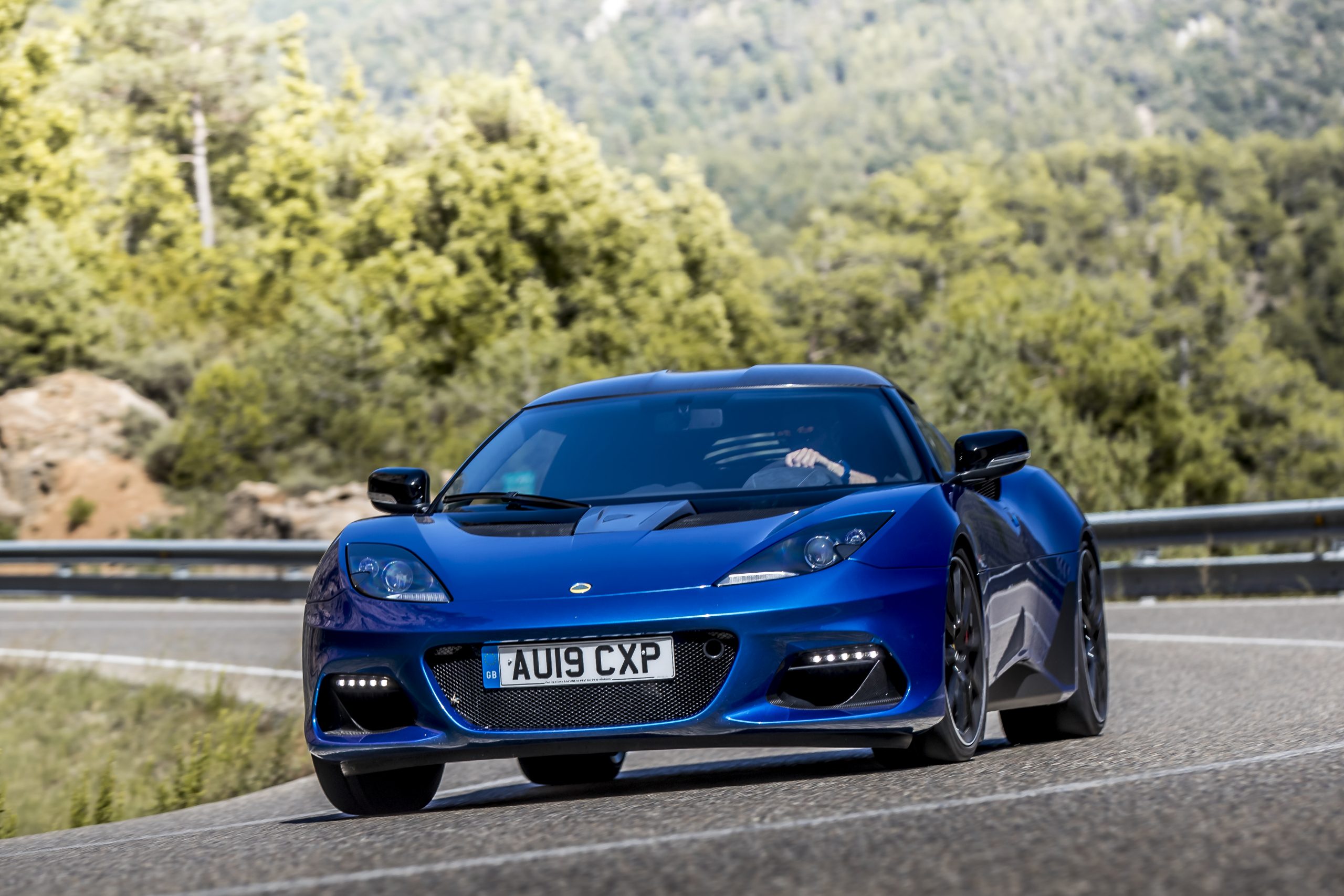
But EPAS let’s you do all that independently?
Exactly, EPAS allows you to tune those aspects in isolation. I learned with the Hyundai project that you end up being able to tune much more. You’ll get a tyre that’s good for comfort but reasonable for steering, and then use EPAS to make the steering work because you have software within the steering to adapt it. It’s a better range of attributes, and you get more of what you want. With hydraulic, you are limited to getting one feel, effectively, and then you can’t change that feel according to what speed you’re doing. With maps and software with EPAS, you can change feel in line with the driving mode and the speed, so on the autobahn you can decrease sensitivity, increase effort, and make the car feel more stable.
Do you get involved with the software side of things?
No, I drive and the software engineers are there with their keyboard. When we were tuning the DBX I said the steering was too responsive. They typed away and suddenly it was better – they’d put more roll stiffness to the rear. Then I said it was too light and they typed away and again it was improved. They translate what I’m feeling.
Do they ever do nothing just to keep you on your toes?
Yes! Or they do the opposite!
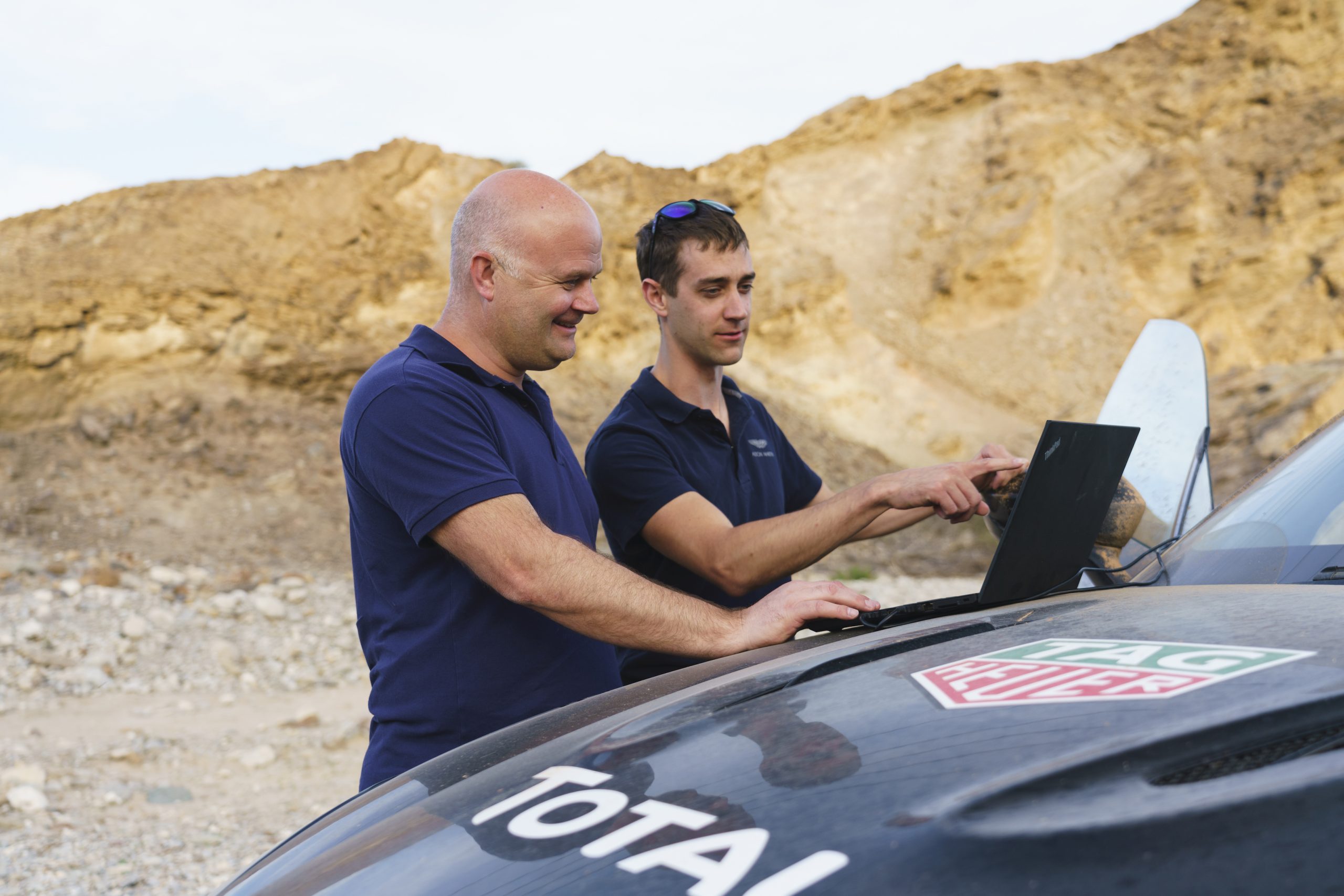
Will EPAS ever be better for steering feel?
The on-centre definition of a hydraulic system, that’s mechanical, it’s a connected feel to the tyres, whereas with EPAS you’re trying to tell a motor to power the system to give that and you’ve got the friction. Will it ever beat it? I think the stiffer and stiffer the systems are getting and with increasingly sophisticated software, we are getting close to it. But the granularity you get, I still think hydraulic does that best, but there are so many other compromises now that overall EPAS is just the better solution.
